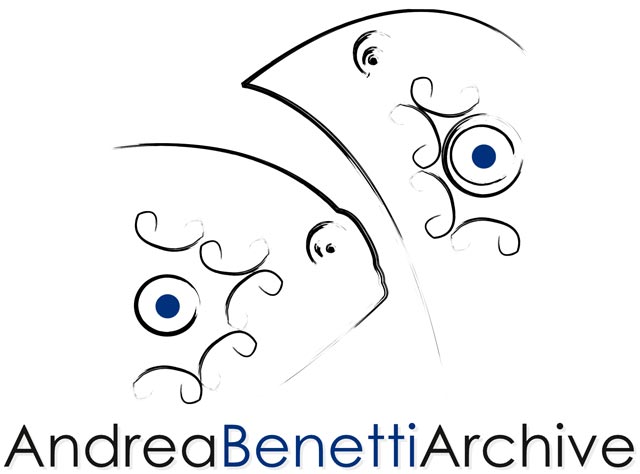The Darkness of the Caves to Rediscover the Light
If there is such a thing as “bibliosensuality”, it was born in caves, within symbols distilled down to the sign itself—anticipating, with pigments that have survived a mythical time, the intimacy of the act of writing, the marginalia of every story, and the dawn of a collective unconscious. Before the Ebla tablets—that Sumerian lexicon carved in cuneiform characters resembling footprints left by mysterious bird-like walks—we were not all writers; rather, we were draftsmen. And cave painting constitutes a vast, partially decoded yet still enigmatic library that has inspired writers, explorers, and artists. Consider Michael Ondaatje’s masterpiece, The English Patient, a novel centered around the Cave of Swimmers in the remote Gilf Kebir plateau of the deep Sahara.
At these latitudes, it is the engravings of the Grotta dei Cervi in Porto Badisco, Salento, that still mark the rhythm of a visual zibaldone drawn with bat guano. But primordial Puglia is also evoked by its archetypal landscapes, which reach their peak in the Castellana Caves. And it is precisely this world of stalactites and stalagmites that inspired Archetypes in Oblivion, an artistic project merging the vision of Neo-Cave painter Andrea Benetti—born in Bologna in 1964, founder of the Neo-Cave Art Manifesto presented at the 2009 Venice Biennale—with the work of photographer Dario Binetti from Brindisi.
The Benetti-Binetti collection is a photographic series that brings the Castellana Caves to an exhibition in Venice, coinciding with the 60th Art Biennale. It is one of the most visionary collaborations yet from the painter who has made Neo-Cave Art a new frontier in contemporary studies at universities in Italy and abroad.
How does one capture the essence of archetypes? This question transformed the Castellana Caves into an esoteric-inspired photographic set, where the dancers of the ResExtensa Company, led by Elisa Barrucchieri, became vestals and monastic shadows. “The idea of the Castellana Caves,” explains Andrea Benetti, “was born from my desire to portray a place unique in the world and from the opportunity to participate in an exhibition project centered on esotericism.” The result is not a self-indulgent nostalgia for a mystical past. Instead, as Benetti clarifies, “it is a need for reset, to generate a restart of our human history, which is currently eroding at the very roots of human rights. Art can create a new world, a new sign.”
After all, Benetti has engaged with 20th-century thinkers—Umberto Eco, above all—who, like him, delved into darkness to rediscover the languages of light. That light, a symbol of an evolutionary system layered over time, encapsulates vast fragments of an otherwise lost era—an era that is History, belonging to all. To express this, Benetti has entrusted the vestal-dancers in his new photographic corpus with the candelabras that once illuminated the darkness.
“Each photograph in this collection is a unique work,” Benetti continues, “because these images were created using the double-exposure technique, printed with UV-polymerized powder jet on bas-reliefs made of plaster backgrounds on the same canvases I usually paint on.”
How does one merge Neo-Cave painting with photography? “The works,” Benetti explains, “are industrial in nature; the support remains canvas. I have never liked painting on film or digital prints—when viewed up close, the work is textured. This is the system we devised to bridge photography and painting.”
Beyond the Castellana Caves, Benetti’s connection to Puglia also extends to the Grotta dei Cervi, which inspired one of his research works, Homage to Badisco, exhibited at the Museum of Contemporary Art in La Spezia.
Why explore submerged ancestral concepts? “Because, as I declared in the Neo-Cave Art Manifesto,” concludes Benetti, “art is an emotion. It can express a negative force, but it must not destroy the beautiful things in life. That is why I draw inspiration from cave painting and why I chose the Castellana Caves for this project: symbolically, I wish for it to represent a reset, a rewriting for a new society. Our symbols hold an incalculable power—let’s start from here.”
Luisa Ruggio |
Journalist |




